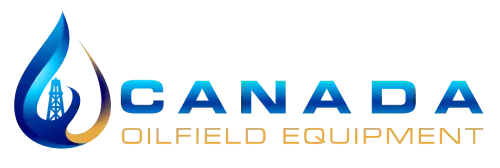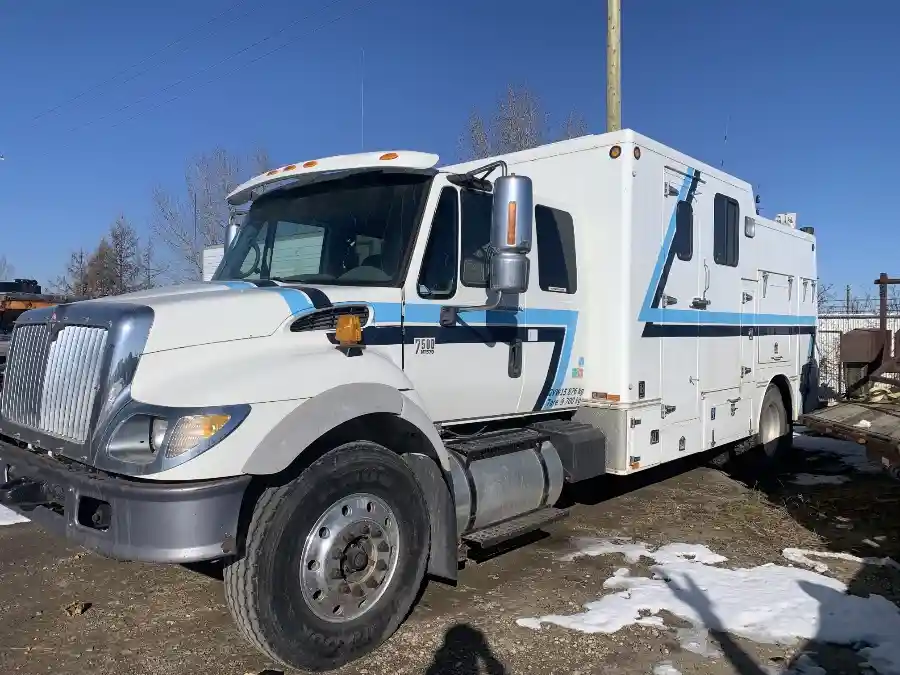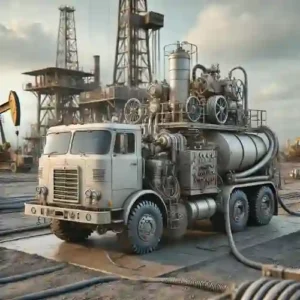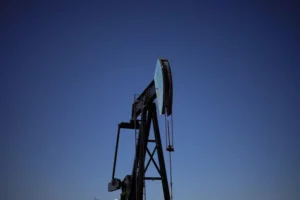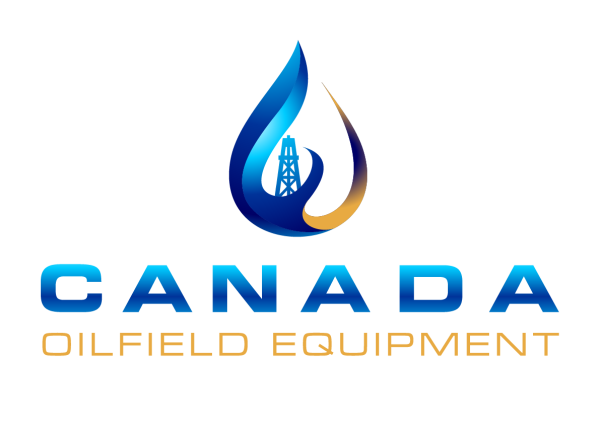5 Essential Supplies for Oilfield Operations
January 05, 2025
5 Essential Oilfield Supplies for Oilfield Operations
The oil and gas industry is one of the most complex and demanding sectors in the world, requiring a combination of advanced technology, specialized equipment, and operational expertise. The extreme conditions and high safety standards make having the right supplies critical to ensuring success. This article explores in detail the 5 essential oilfield supplies that any oilfield operation needs to be efficient, safe, and profitable.
The Importance of Oilfield Supplies
The term oilfield supplies encompasses a wide range of equipment and tools used in various stages of exploration, drilling, production, and maintenance in the oil industry. Each piece of equipment plays a crucial role, from optimizing production to ensuring workplace safety. Selecting the right supplies not only enhances efficiency but also reduces long-term costs.
1. Hot Oilers: Key for Operations in Extreme Climates
What are Hot Oilers?
Hot oilers are machines designed to heat fluids in oil and gas production systems. These units are particularly useful in regions where low temperatures can solidify crude oil and obstruct flow.
Main Benefits:
- Prevention of Blockages: They help prevent the accumulation of paraffin and asphaltenes in pipelines.
- Operational Efficiency: Ensure that the system runs uninterrupted, even in adverse weather conditions.
- Cost Reduction: By maintaining continuous flow, they minimize downtime and costly repairs.
Field Applications
They are primarily used in mature fields where extreme temperatures affect hydrocarbon transport. Hot oilers are an essential investment to ensure stability and continuity of operations.
2. Coiled Tubing Units: Versatility and Precision
Introduction to Coiled Tubing Units
Coiled tubing is an innovative technology that allows well interventions without halting production. This equipment consists of a continuous tube inserted into the well to perform various operations.
Common Uses:
- Well Cleaning: Removes debris and accumulations that may obstruct flow.
- Stimulation: Improves production by injecting acids or chemicals.
- Well Repair: Performs quick and precise interventions without affecting hydrocarbon flow.
Innovation and Advantages
Thanks to its compact design and flexibility, coiled tubing reduces operation times and associated costs, making it an indispensable tool for any modern oilfield operation.
3. Workover Rigs: Well Maintenance and Repair
What is a Workover Rig?
Workover rigs are mobile platforms designed to perform major repairs on oil and gas wells. These units are vital for maintaining well integrity and maximizing its lifespan.
Main Functions:
- Replacing damaged tubing.
- Repairing casings and seals.
- Installing specialized production equipment.
Their Role in Increasing Production
Proper maintenance with workover rigs can prevent major problems and ensure continued performance in producing wells. Furthermore, their mobility allows for quick and effective interventions in remote locations.
4. Swabbing Rigs: Solutions for Low-Pressure Wells
The Role of Swabbing Rigs
When a well loses pressure and stops flowing naturally, swabbing rigs become a critical solution. This equipment uses a piston to extract accumulated fluids, restoring pressure and allowing the well to produce again.
Key Benefits:
- Well Recovery: Restores production in marginal wells.
- Cost-Efficiency: Provides an affordable alternative to drilling new wells.
5. Wireline and Slickline: Precision in Well Evaluation
High-Precision Tools
These units enable tasks such as logging, installing safety valves, and conducting pressure tests. They are essential for monitoring well health and ensuring its operability.
Differences Between Wireline and Slickline
- Wireline: Used for complex tasks, such as electrical logging.
- Slickline: Simpler, ideal for tool retrieval and other light mechanical operations.
Key Applications
From initial drilling to well abandonment, these tools are essential for maintaining precise and effective control over operations.
Other news
Cementing Truck: Everything You Need to Know to Ensure Performance and Efficiency
December 01, 2024 If you’re in the oilfield industry, you...
Read MoreU.S. and Israel Discuss Potential Strikes on Iranian Oil Facilities
U.S. and Israel Discuss Potential Strikes on Iranian Oil Facilities...
Read MoreChevron-Backed Carbon Capture Company Secures Up to $100 Million from Canadian Fund
Canada’s New Green Technology Initiative Supports Svante Technologies Inc. Friday,...
Read More